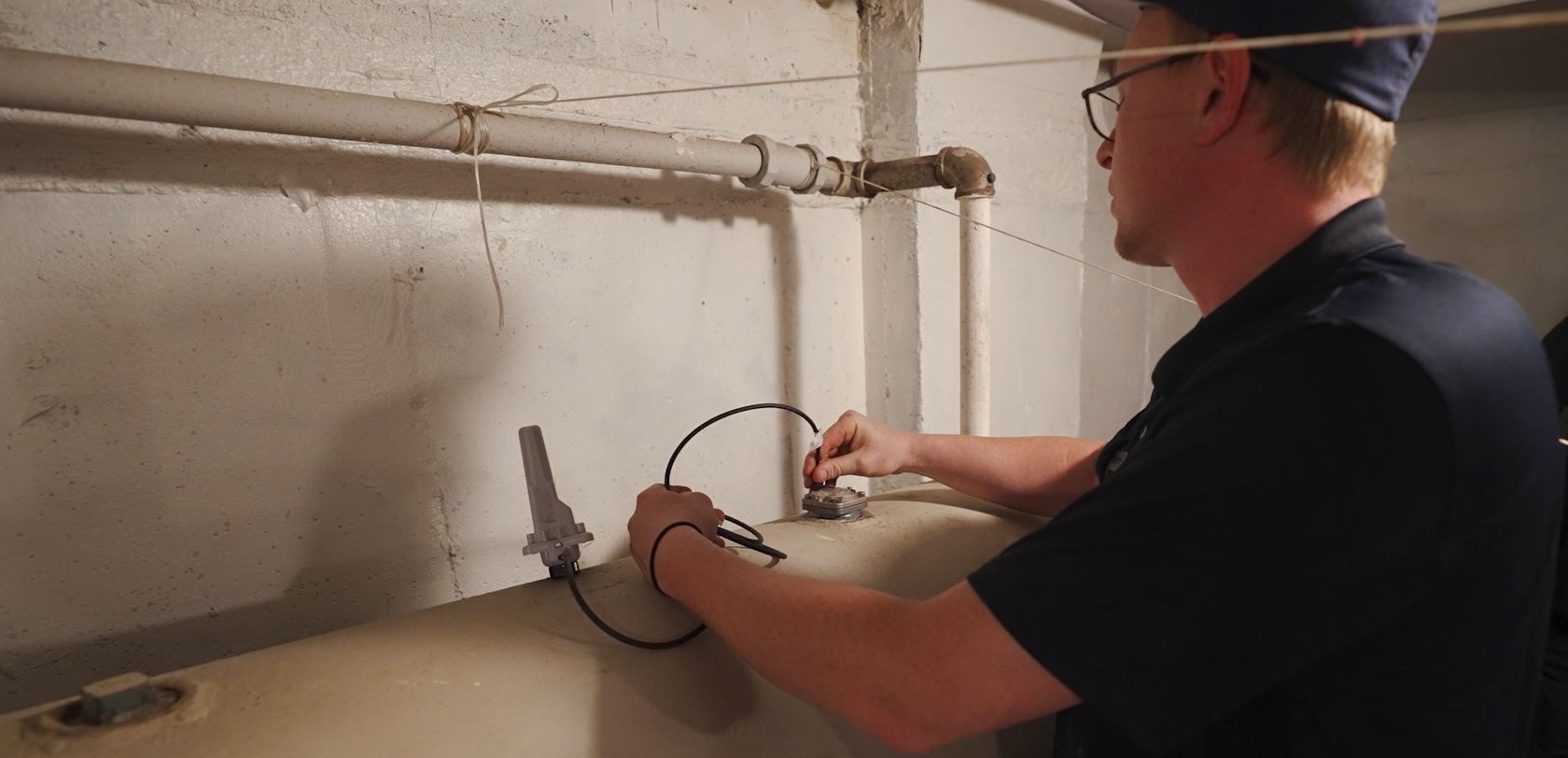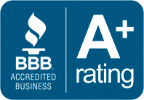Local Law 97: What Every Owner Needs to Know
At Energo, we know that staying up-to-date with NYC local law compliance is about more than just filing on time. It’s about accuracy, documentation, and foresight. That’s why our team manages every step — from on-site inspections and measurements to official NYC Local Law 97 energy efficiency report filings — helping building owners and managers stay ahead of costly audits and avoid unnecessary fines.
New York City’s Department of Buildings has begun taking a closer look at the data behind Local Law 97 filings, and one detail is drawing new attention: Gross Square Footage (GSF).
Until recently, most owners relied on figures provided by the Department of Finance (DOF), which are based on Gross Floor Area (GFA). The problem is that GFA and GSF aren’t interchangeable. The DOF’s data often omits fully enclosed spaces such as parking garages, basements, mechanical rooms, and even interior common areas. As a result, many buildings are reported as being smaller than they actually are.
That discrepancy matters. When your reported GSF is lower than your building’s true size, your allowable emissions limit under Local Law 97 drops as well — which can lead to higher carbon penalties even when your building is performing efficiently. In other words, incomplete or outdated square footage data can make a compliant property look non-compliant on paper.
Why Compliance Accuracy Matters More Than Ever
When it comes to NYC’s complex local law landscape, precision equals protection. Your building’s reported size determines how much carbon it’s permitted to emit. If that number is wrong, your compliance report — and your wallet — will reflect it.
Many owners assume that the DOF’s GFA data is final, but that’s no longer a safe assumption. As LL97 enforcement evolves, the city has started asking for proof of total enclosed area. For properties measured years ago or those that have been renovated since, the official numbers can easily be off by 10–25%. That gap directly affects emissions thresholds and the fines that follow.
Energo’s approach changes that equation. Our commercial services department performs professional, full-building GSF surveys that capture every enclosed space recognized by the city — not just what’s listed in public databases or legacy plans. The difference often amounts to thousands of square feet, which can translate into thousands of dollars in avoided penalties.
Our Solution: Verified GSF Surveys for Local Law 97
Energo’s Verified GSF Survey Program was built specifically for Local Law 97 compliance. Our in-house engineers, licensed master plumbers, and energy auditors work together to measure each property from the ground up, ensuring your filings reflect your true GSF — not outdated city data.
Using advanced tools and standardized inspection methods, our team verifies every square foot, including parking garages, basements, cellars, mechanical rooms, common areas, storage spaces, and other enclosed sections that often go uncounted. By confirming the building’s actual size, we routinely find that owners can expand their reported area by 10–25%. That increase directly raises their allowable emissions limit — and in many cases, completely reduced or eliminates their carbon tax exposure.
It’s straightforward math, but it requires technical precision. And that’s exactly what Energo delivers.
LL97 Case Study #1: Multifamily Residential Building — Brooklyn, NY
DOF Reported GSF: 61,026 sq. ft.
Energo Measured GSF: 74,289 sq. ft.
Difference: +22%
What We Found:
When Energo conducted a full-building measurement, our engineers identified over 13,000 square feet of enclosed space that had been excluded from the DOF’s data. This included:
-
A 5,891 sq. ft. parking garage
-
Basement and cellar mechanical rooms
-
Common hallways and storage areas
The Impact:
-
Emissions Limit (2025–2029): Increased from 412 to 487 metric tons (+18%)
-
Carbon Tax Exposure: Eliminated all projected fines for this compliance window
-
Energy Profile: Improved building efficiency score (lower EUI)
Key takeaway:
A 22% higher GSF resulted in higher emissions allowances and zero penalties — simply by getting the numbers right.
LL97 Case Study #2: Mixed-Use Building — Brooklyn, NY
DOF Reported GSF: 54,575 sq. ft.
Energo Measured GSF: 61,251 sq. ft.
Difference: +12%
What We Found:
Energo’s survey revealed several enclosed areas missing from city records:
The Impact:
-
Emissions Limit (2025–2029): Increased from 368 to 423 metric tons (+15%)
-
Carbon Tax Exposure: Avoided projected fines completely
-
Energy Profile: Improved EUI and reduced annual emissions intensity
Key takeaway:
An accurate GSF verification prevented unnecessary penalties and enhanced the building’s compliance rating — with measurable ROI in the first compliance period.
The Energo Advantage
With LL97 audits rolling out citywide, property owners can’t afford to rely on outdated or incomplete records. Accuracy isn’t optional — it’s the difference between compliance and penalties.
Energo’s multidisciplinary team combines decades of NYC compliance experience with the technology and precision required for this new era of emissions reporting. From full-building measurement and report preparation to on-site verification and submission, we manage every step — under one roof.
What You Get with Energo:
-
Verified, professional GSF survey documentation
-
Full LL97 inspection and filing support
-
Defensible data for audits and verification
-
Expert guidance from licensed technicians and compliance specialists
Whether you manage a multi-family building in Brooklyn, an office complex in Manhattan, or a mixed-use property in Queens, our process ensures your filings are correct, your emissions thresholds are fair, and your property remains in good standing with the city.
Get Ahead of LL97 Audits
As NYC continues to enforce LL97, the most successful property owners will be the ones who act early. Don’t wait for an audit notice — get your building professionally measured and documented now.
Energo provides verified measurements and filing support for Local Law 97, Local Law 84, and other building energy mandates. Our goal is simple: to help you stay compliant, save money, and strengthen your property’s long-term energy performance.
Serving Brooklyn, Manhattan, Queens, the Bronx, Staten Island, Westchester, and Nassau County. Contact us to get started!






Best Heating Oil Companies in Staten Island: What to Look For (and How Energo Compares)
Staten Island homeowners and building owners have numerous heating oil companies to choose from. How do you determine which NYC oil supplier is the best for your needs?
How Often Should You Refill Your Heating Oil Tank?
If you rely on heating oil to keep your home warm, you’ve probably wondered how often you need to refill your oil tank – especially when temperatures dive during winter.